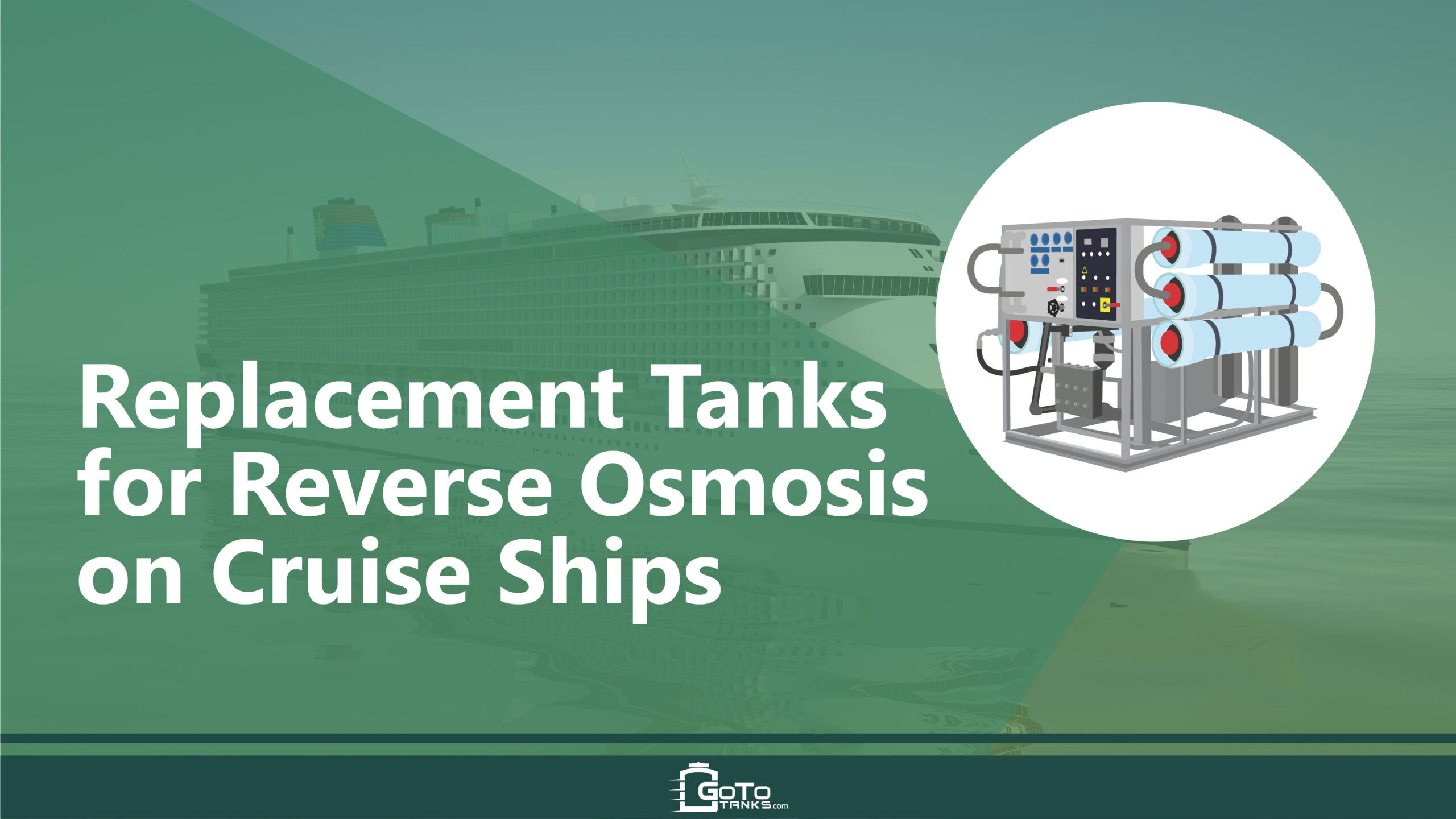

Years ago, the distance a ship could travel from port was measured not by how strong the boat was, but by how much fresh water it could carry. Today, boats spend months at a time out in the ocean without returning to port. How do they get fresh water for their crew and passengers? They use desalination to turn seawater into freshwater.
How does desalination work?
Evaporation desalination is a process where saltwater from the ocean is heated to 180 degrees Fahrenheit and then pumped between low-pressure chambers. The steam is gathered into one chamber while the water with higher salt concentration is pumped on to the next heated chamber and the process is repeated. As new seawater is mixed in, it creates a continuous reverse osmosis process for the ship.
Where does the heat come from to heat this water? The heat is taken from the ship engines, which generate a large amount of heat through their normal usage. This process eliminates the need for freshwater as a deciding factor in how long modern ships can be at sea.
How long have ships been using this process?
The desalination of water process has been around for a very long time. There are records dating its use back to approximately 49 BCE in the time of Julius Caesar.
How much ocean water can be converted at a time? It depends on the size of the ship. Some of the largest cruise ships, like the Queen Victoria, produce over 1,000 tons of fresh water each day. They also have over 3,000 passengers that use that water for drinking and sanitary purposes each day, so it gets plenty of usage.
How is this different from reverse osmosis?
Reverse osmosis uses high-pressure tanks to force seawater through a set of filters, each removing more and more salt from it. It retains more minerals in the freshwater product but still requires treatment and is considered a less “green” method since it uses more power rather than utilizing engine heat for evaporation.
How is the freshwater kept?
Freshwater, once it has been desalinated, is stored in tanks on the ship where it is routinely treated and tested for drinkability. The water that is distilled from the saltwater (distilled water) tastes awful, so part of the treatment is getting the water to taste right. It is also tested for safety purposes, in case something were to contaminate the water after it has been distilled. Additionally, these freshwater tanks are often stored in places where the ship needs some extra weight to balance out the ship.
What kind of tanks are used for this evaporation and reverse osmosis process?
Evaporation tanks have to be able to handle high heat and maintain lower than atmospheric pressure to keep the water boiling. Reverse osmosis tanks do not have to handle high heat, but they must be able to maintain high pressure to push the saltwater through the filters. Both require pressure gauges and evaporators may require thermometers and steam ducts to conduct heat from the engines or other means of applying direct heat.
These tanks need to be made from high-quality steel and may range in size from 1.5-2.5 meters in diameter. A vessel 2.5 meters in diameter could make up to 1000 cubic meters of freshwater per day. (That is over 220,000 pounds of water!) As the tanks that handle these huge amounts of water wear out or need to be upgraded, you can consider available tanks in larger sizes, possibly increasing your ship’s output of fresh water.
There is a tremendous capacity to convert saltwater to freshwater aboard ships today. Some nations, such as Saudi Arabia, have even taken to using these processes on land, where they produce up to 70% of their drinking water through desalination. Where freshwater resources are scarce, evaporation and reverse osmosis can open up new possibilities and help people thrive.